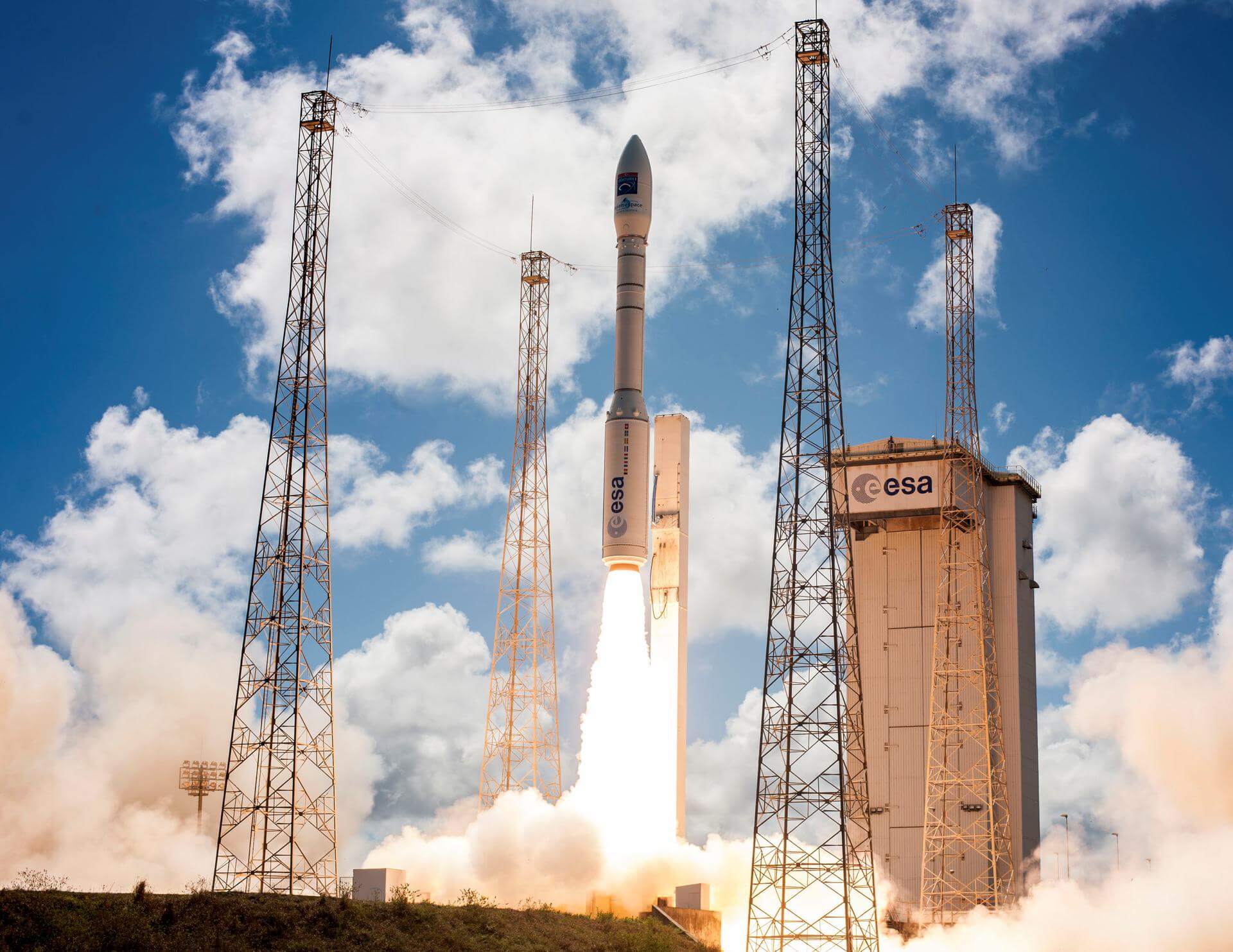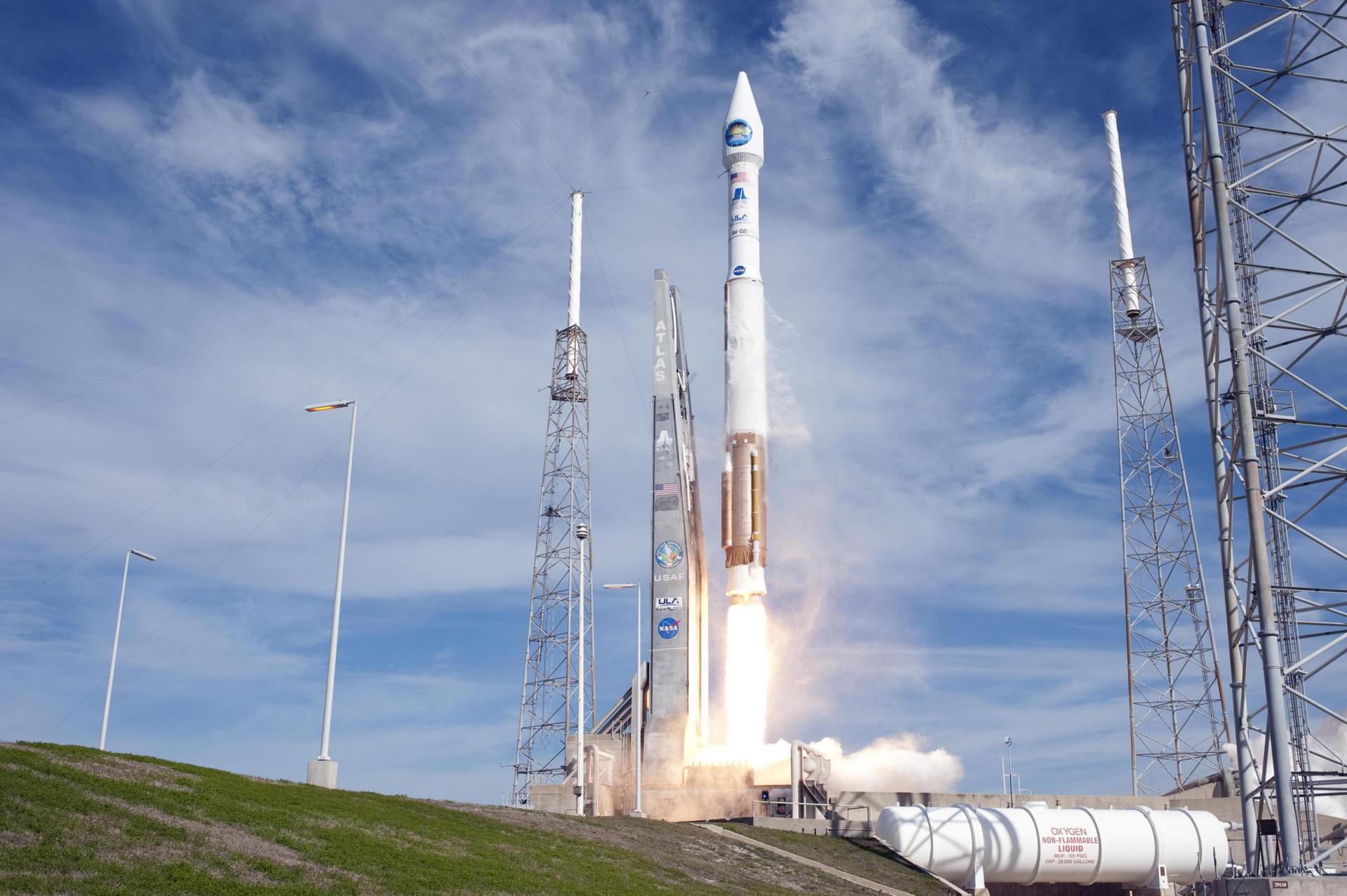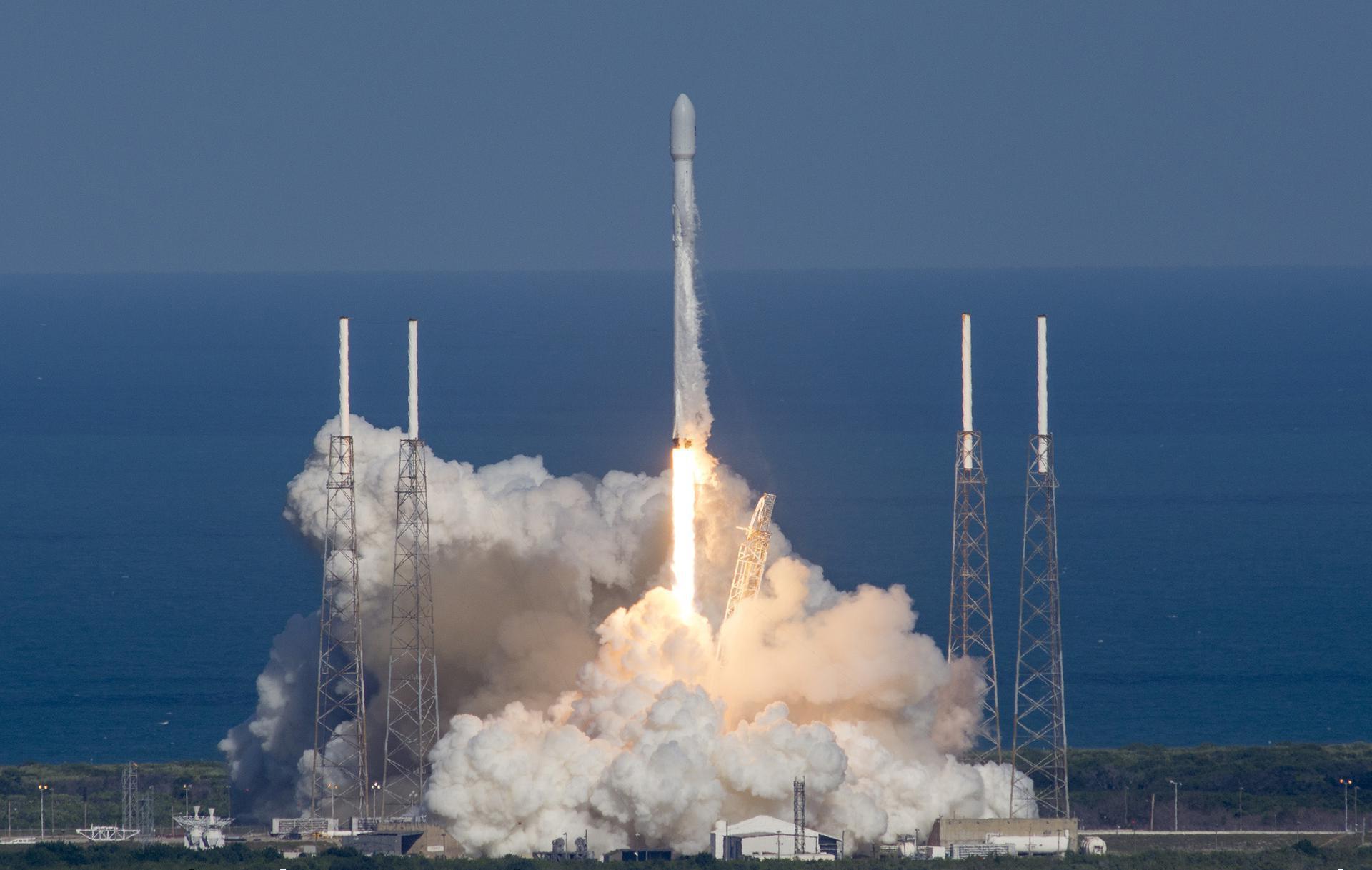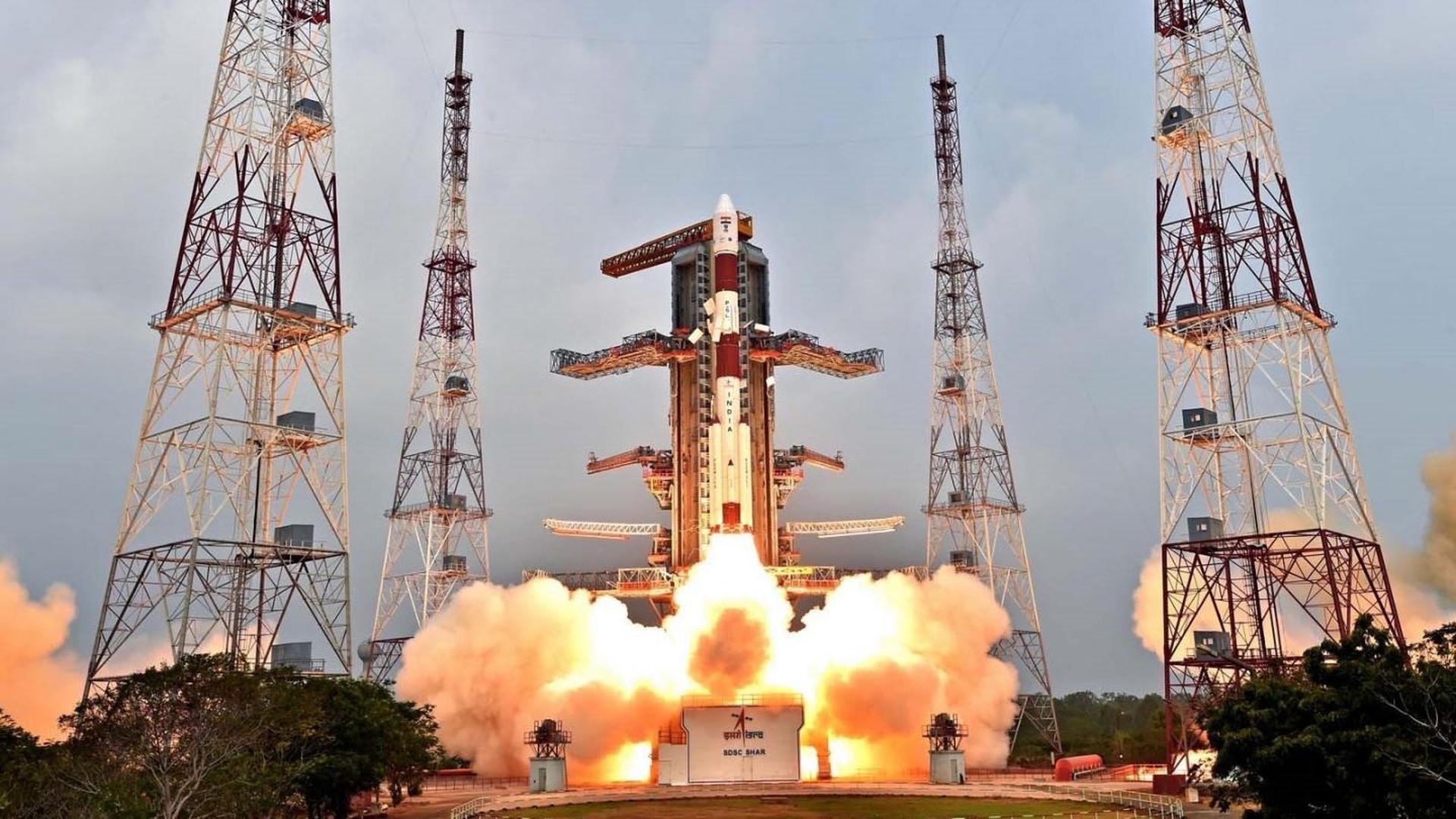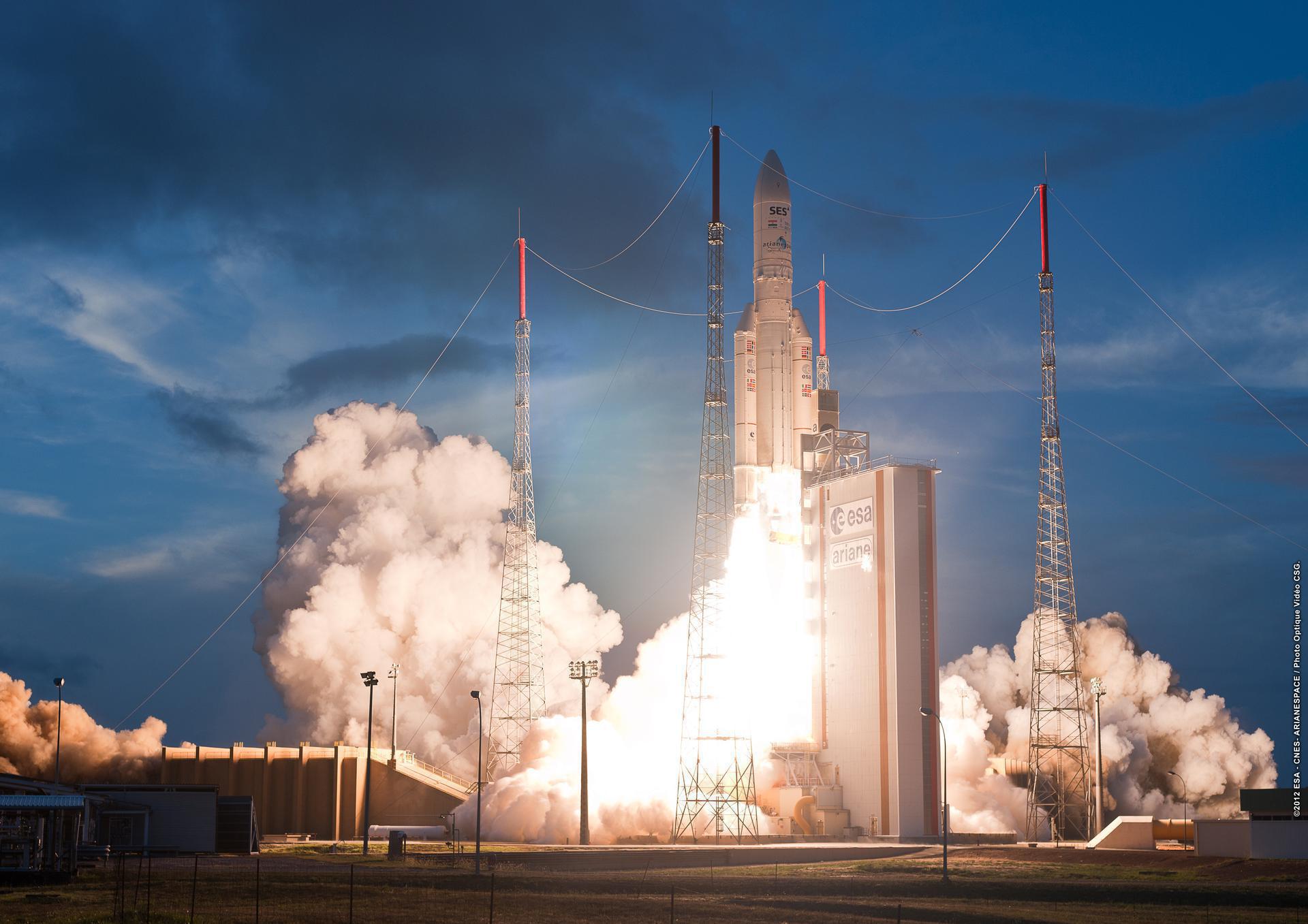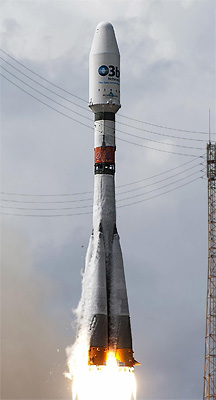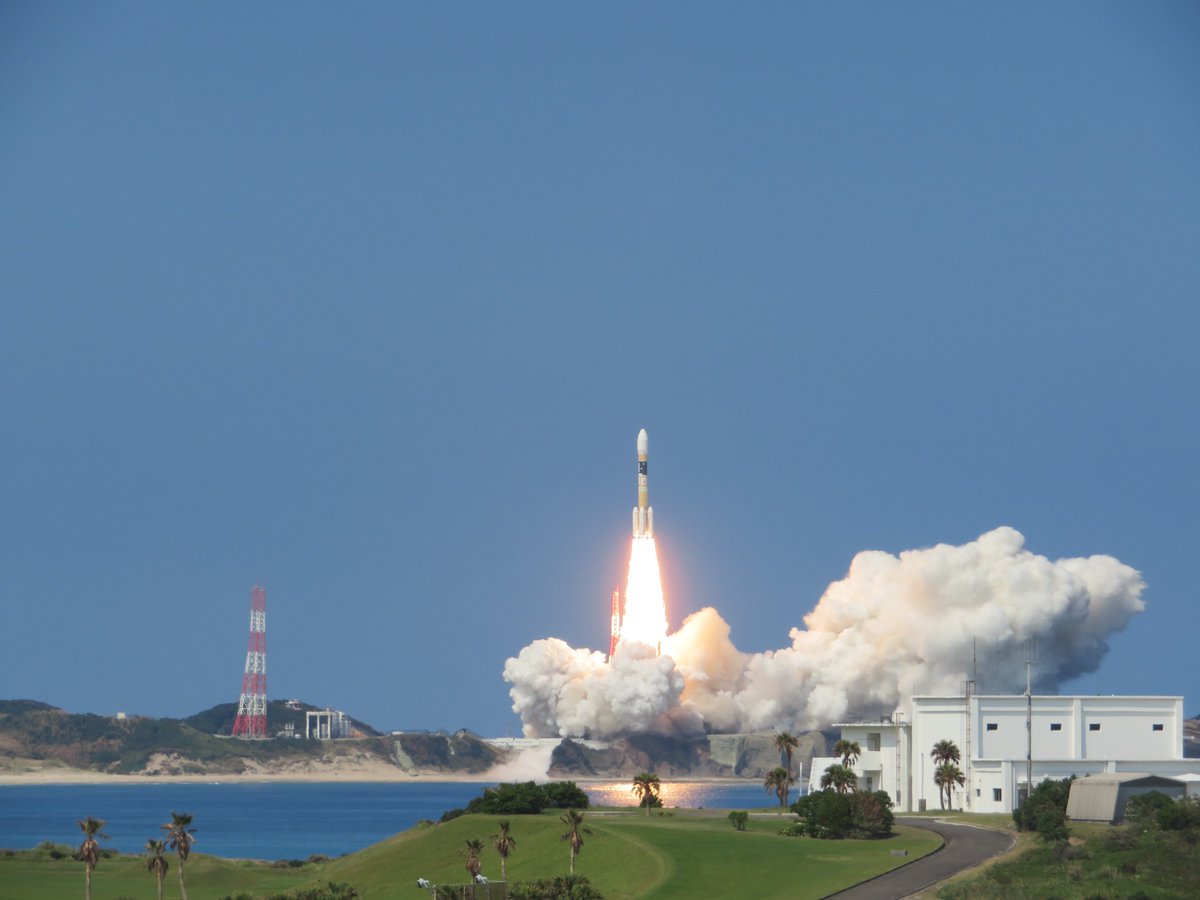Previous Spaceflight Launches
Filter by Agency, Locations or Vehicles
Show All LaunchesVega | Sentinel-2B
Avio S.p.A | ItalyGuiana Space Centre, French Guiana
March 7, 2017, 1:49 a.m.
Status: Launch Successful
Mission:
Sentinel-2 is the second mission for Europe’s Copernicus environment monitoring programme. It's a satellite constellation of two identical spacecrafts, Sentinel-2A and -2B. Both carry an innovative wide swath high-resolution multispectral imager with 13 spectral bands for a new perspective of our land and vegetation.
Sun-Synchronous OrbitKaituozhe-2 | Tiankun-1
China Aerospace Science and Industry Corporation | ChinaJiuquan Satellite Launch Center, People's Republic of China
March 2, 2017, 11:53 p.m.
Atlas V 401 | NROL-79
United Launch Alliance | United States of AmericaVandenberg SFB, CA, USA
March 1, 2017, 5:49 p.m.
SpaceShipTwo | VSS Unity GF03
Virgin Galactic | United States of AmericaAir launch to Suborbital flight
Feb. 24, 2017, noon
Soyuz-U | Progress MS-05 (66P)
Russian Federal Space Agency (ROSCOSMOS) | RussiaBaikonur Cosmodrome, Republic of Kazakhstan
Feb. 22, 2017, 5:58 a.m.
Falcon 9 Full Thrust | SpX CRS-10
SpaceX | United States of AmericaKennedy Space Center, FL, USA
Feb. 19, 2017, 2:39 p.m.
Status: Launch Successful
Mission:
SpaceX launched the Dragon spacecraft on their tenth operational cargo delivery mission to the International Space Station. The flight was conducted under the Commercial Resupply Services contract with NASA.
Low Earth Orbit B1031 - Maiden Flight Landing Zone 1PSLV XL | Cartosat-2D & 103 others
Indian Space Research Organization | IndiaSatish Dhawan Space Centre, India
Feb. 15, 2017, 3:58 a.m.
Status: Launch Successful
Mission:
Cartosat 2D is a remote sensing satellite for ISRO and is tasked with land observation from sun-synchronous orbit. It is launched along with 103 small satellites of foreign companies and research groups. Among these, 88 cubesats are Earth-imaging Dove satellites operated by Planet Labs company.
Sun-Synchronous OrbitAriane 5 ECA | SKY Brasil-1 (Intelsat-32e) & Telkom-3S
ArianeGroup | FranceGuiana Space Centre, French Guiana
Feb. 14, 2017, 9:39 p.m.
Status: Launch Successful
Mission:
Sky Brasil-1 (also known as Intelsat 32e) is a geostationary satellite to provide direct-to-home broadcasting services over Brazil. Telkom-3S is an Indonesian geostationary communications satellite. It is a replacement for Telkom-3, which was stranded in an unusable orbit due to launch failure in 2012.
Geostationary Transfer OrbitSoyuz STB/Fregat-MT | Hispasat 36W-1 (Hispasat AG1)
Progress Rocket Space Center | RussiaGuiana Space Centre, French Guiana
Jan. 28, 2017, 1:03 a.m.
Status: Launch Successful
Mission:
Hispasat 36W-1, also known as Hispasat AG-1, is a Spanish geostationary communications satellite. Joining the Hispasat fleet, this 3200 kg satellite is to operate in orbit for 15 years, providing its multimedia services to Europe, the Canary Islands and South America.
Geostationary Transfer OrbitH-IIA 204 | DSN 2 (Kirameki 2)
Mitsubishi Heavy Industries | JapanTanegashima Space Center, Japan
Jan. 24, 2017, 7:44 a.m.
